Amblyopia (Lazy Eye)
-
 Nalamaree Team
Nalamaree Team
- 23 September 2025
Overview
Amblyopia, commonly known as "lazy eye," is a vision development disorder that typically begins in childhood. It occurs when the vision in one eye does not develop properly, usually due to poor visual stimulation. This can happen when one eye is stronger than the other, or if the eyes are misaligned (strabismus), causing the brain to favor the stronger eye and ignore the images from the weaker one.
There are several types of amblyopia:
Causes
Amblyopia, or lazy eye, can have several causes, often related to issues that disrupt normal vision development in childhood. Some of the primary causes include:
Symptoms
Treatment: Modern Medicine
Some common approaches to treating amblyopia include:
Treatment: Traditional Medicine
Here are some strategies that may help:
Caution

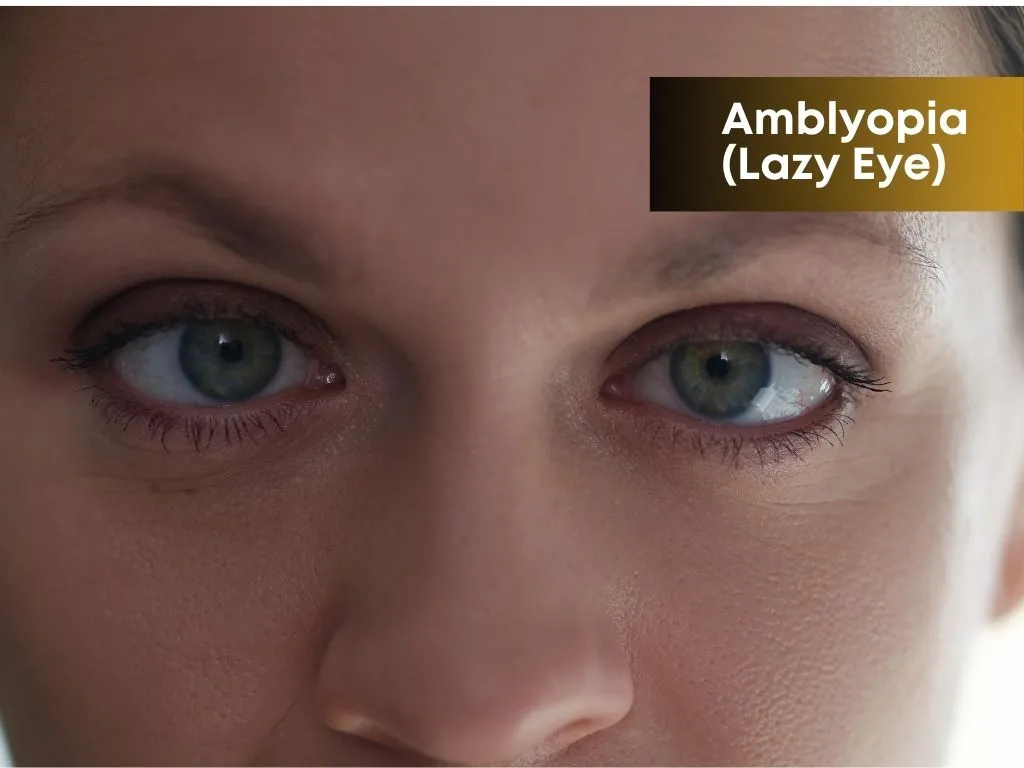
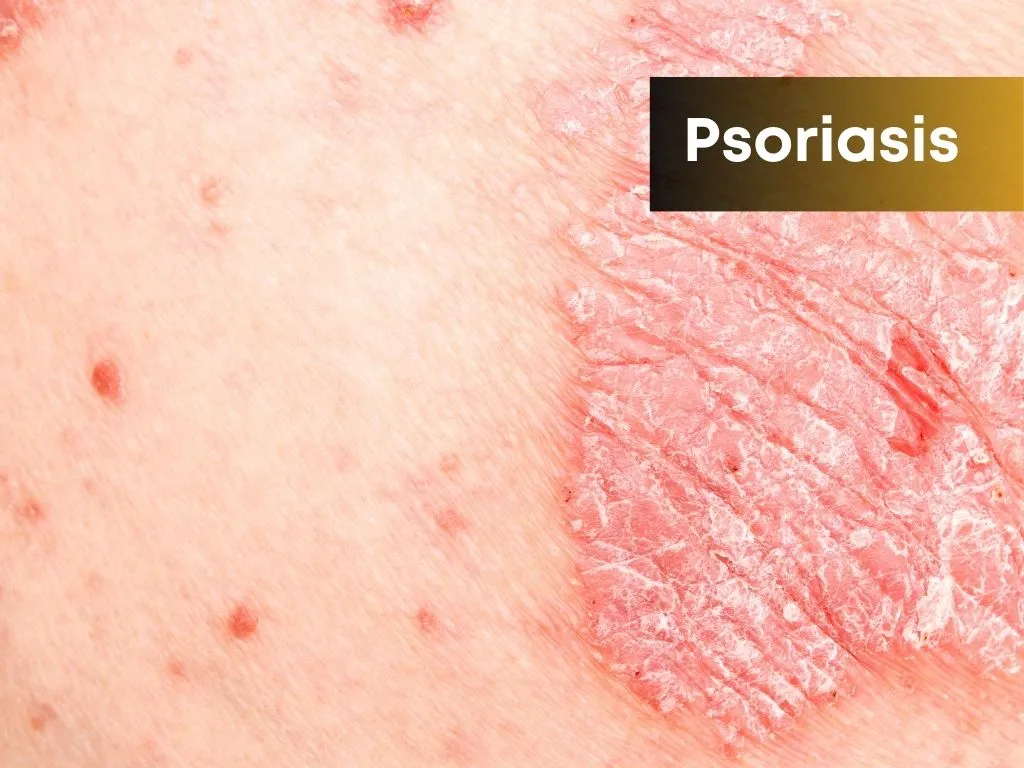

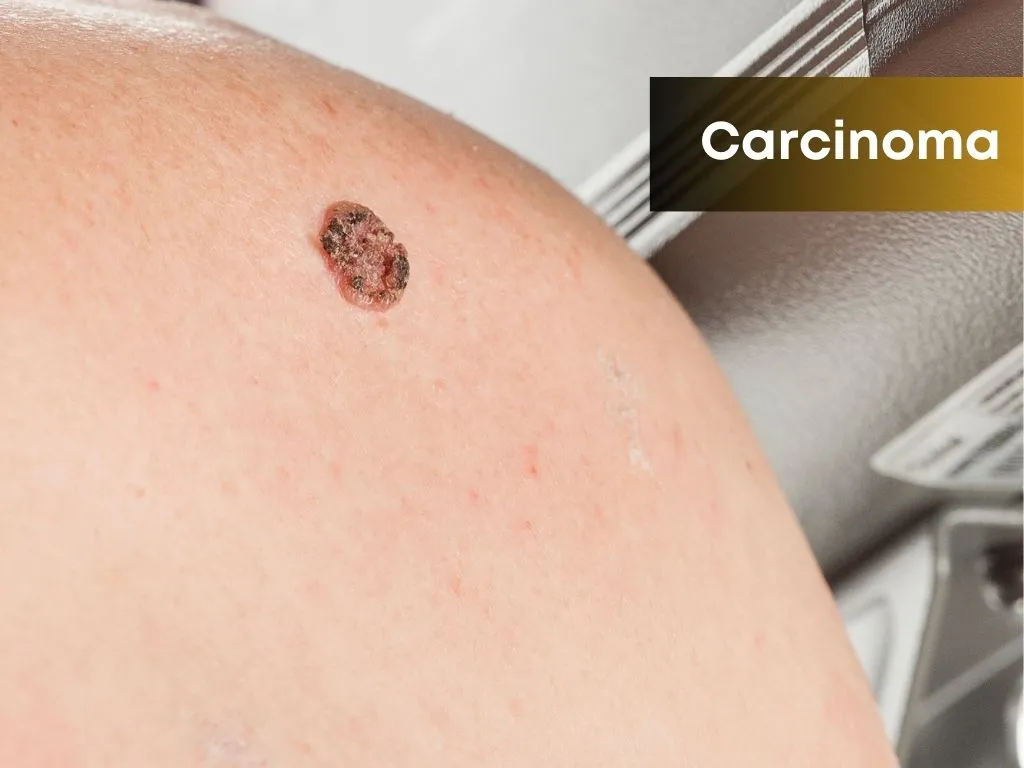
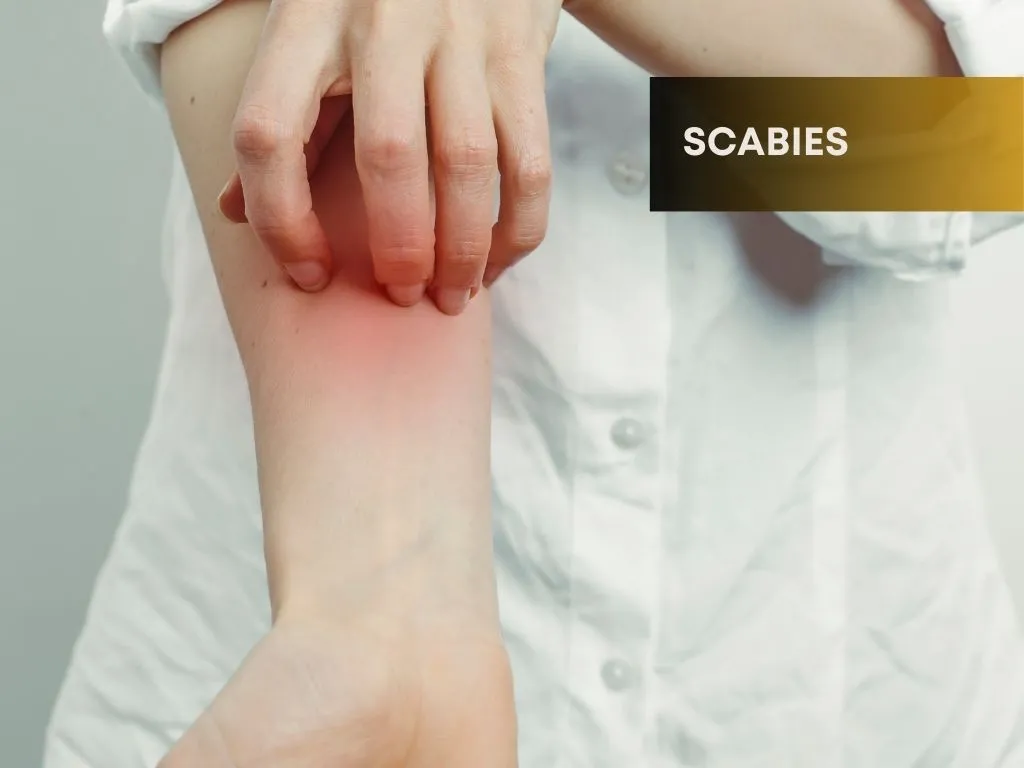

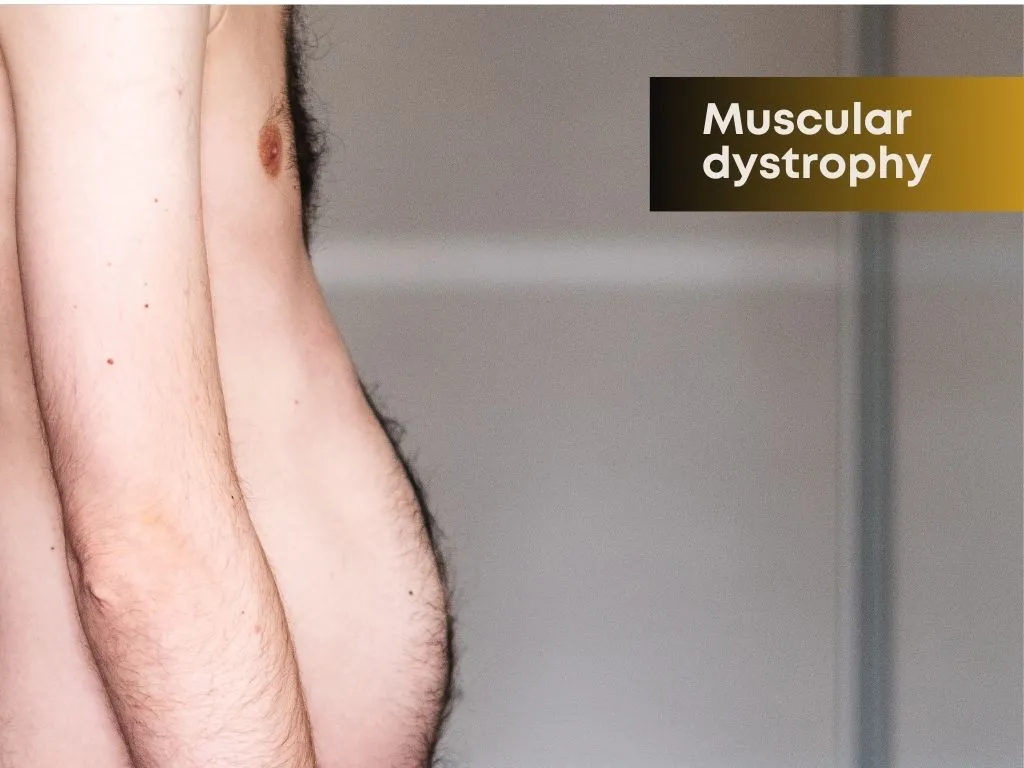
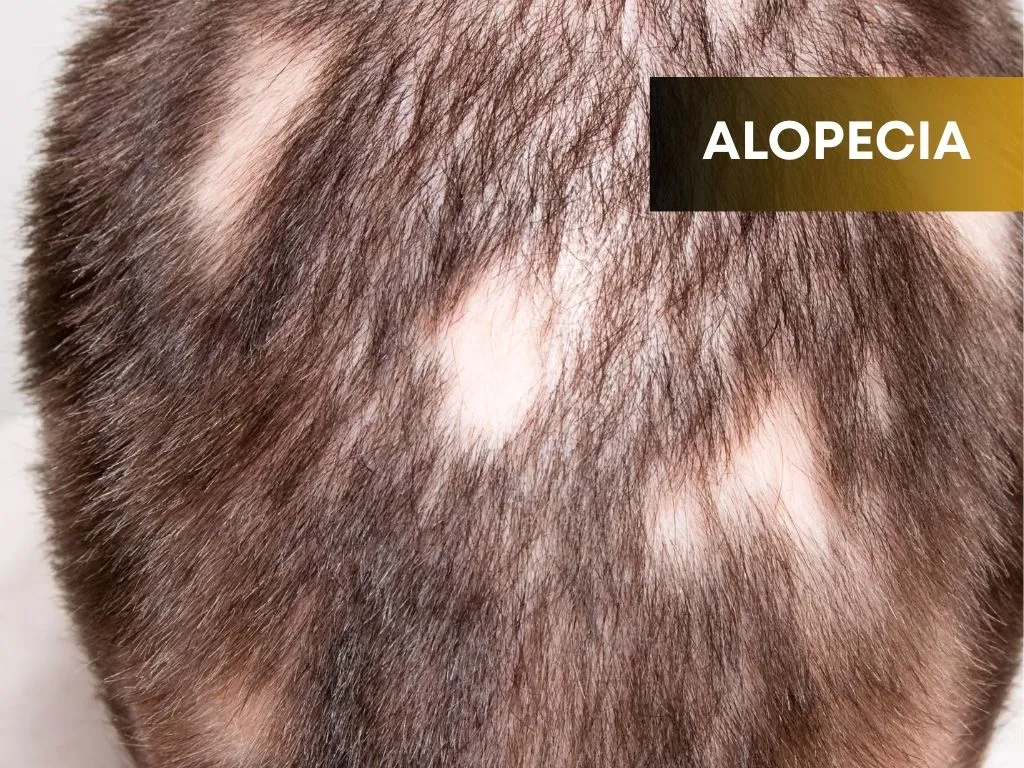

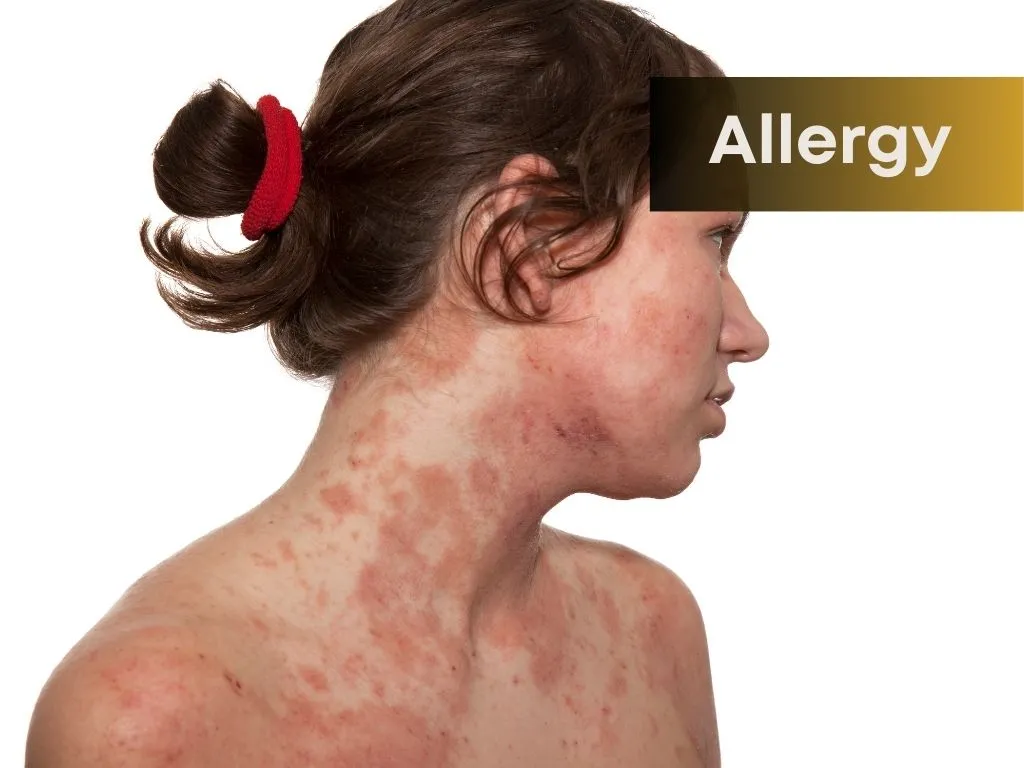






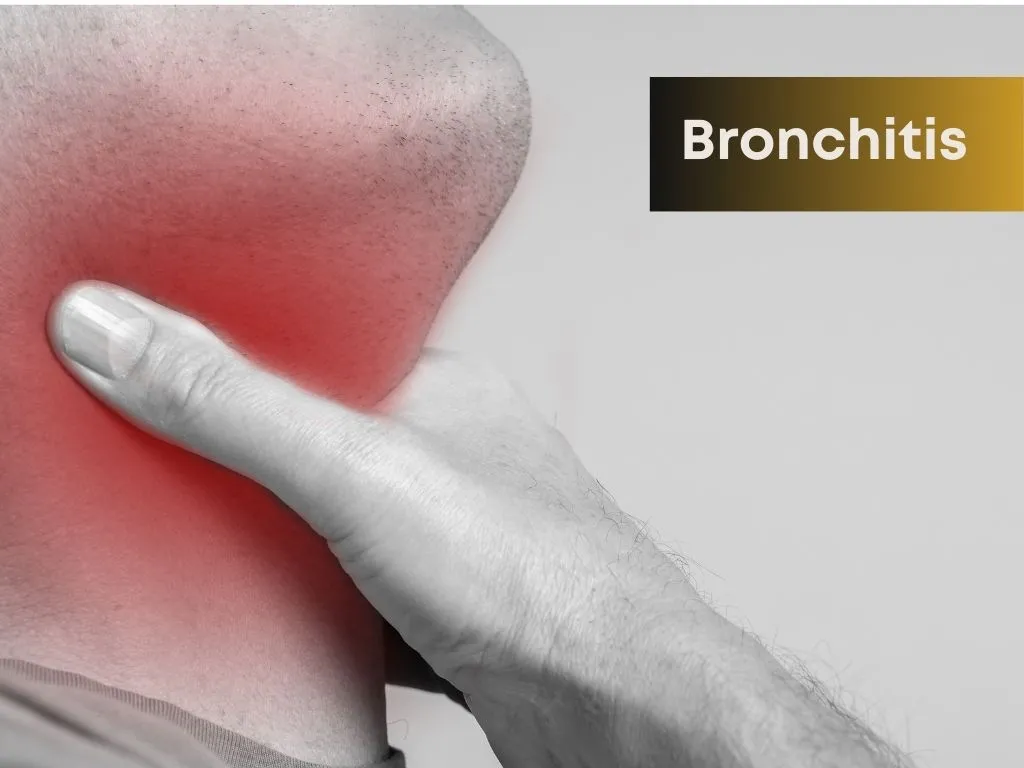



.jpg.webp)
